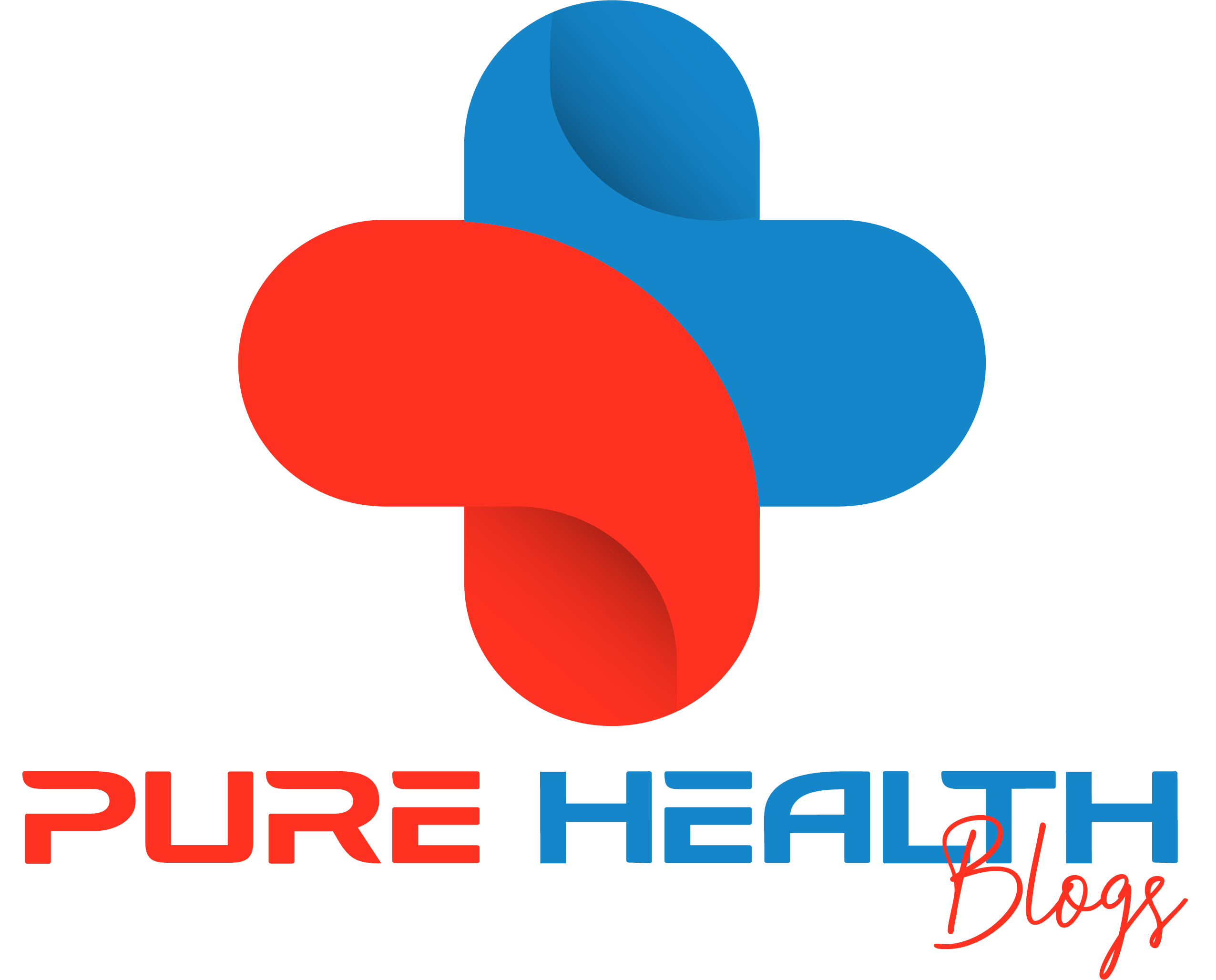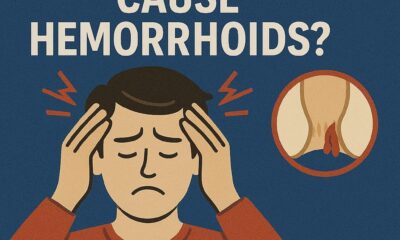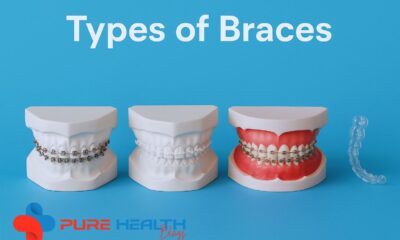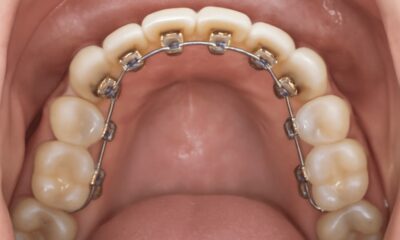General Health & Wellness
Silent Panic Attacks: Causes, Symptoms & Treatment

Panic attacks are known to cause extreme fear and physical symptoms such as rapid heartbeats, shortness of breath and chest pain. But not all panic attacks are of such an obvious nature. There are people who have so called ‘silent’ panic attacks which do not manifest physically like panic attacks are commonly associated with. These attacks are frequently not observed, even by oneself. This blog will focus on the topic — silent panic attacks, symptoms, and how to cope with them.
What Are Silent Panic Attacks?
A panic attack that occurs yet leaves no outward signs like hyperventilating, shaking or obvious signs of distress is called silent panic attack. Although a silent panic attack might still be very stressful on the inside, it does not necessarily bear any external symptoms that would advertise it to the people around the sufferer and, thus, make the experience more alone.
Individuals experiencing silent panic attacks would appear to be calm on the outside but inside the individuals are battling with a storm of fear, anxiety and confusion. Most of these happen silently hence leaving the victim feeling exhausted mentally or even occasionally ashamed sometimes not knowing what is happening to them.
Symptoms of a Silent Panic Attack
However, silent panic attacks don’t have the overt ways of showing that others usually associate with panic attacks, but they are also capable of causing severe mental and emotional turmoil. There are some key symptoms of a silent panic attack, such as:
1. Racing Thoughts
The reason you become paralyzed during a silent panic attack is that your mind floods with racing thoughts. This can be any thought from fearful, and catastrophic thinking, to doubt about oneself, causing complete mental chaos. Once you begin, you may not find it easy to concentrate on anything else aside from the terrifying thoughts and cannot calm yourself or think rationally.
2. Tight Chest Without Cause
Although you may not feel literally shaking or like you can’t breathe, you won’t feel the same pressure or tightness in your chest. Because this feeling can also give rise to the physical symptoms of a heart attack, you are also frightened and anxious that you are actually having a heart attack. Keep in mind that this is scary feeling, but just the result of your fight or flight response rather than related to a heart condition.
3. Calm Exterior, High Anxiety
A unique aspect of a silent panic attack is that the person might be in the middle of a full blown panic attack, but put on a calm exterior. Unfortunately, those who don’t know what a panic attack is can find this paradox confusing. Part of you might be smiling, talking, or your usual self, but internally, you are spiraling. A silent panic attack is characterized by this mismatch between internal chaos — total chaos — and external calm.
4. Non-Verbal Panic Symptoms
As panic attacks do not manifest with outward signs, some people have non verbal panic symptoms. This may trigger racing heartbeat that you feel on the inside and can feel lightheaded or like you are not in coherence with reality. These symptoms can be just as debilitating for others may not notice these.
5. Mental Breakdown Without Crying
One silent panic attack symptom is the sense that one’s mental breakdowns are imminent. You wouldn’t cry or raise your voice, you are just utterly overwhelmed and close to losing control while being drained of all of your emotion. Though others can’t see it, this mental strain is a critical part of the attack.
How to cope with a silent panic attack.
If you are a person who suffers silent panic attacks, you could feel that you are fighting an invisible enemy. There are, however, several ways to handle and ease these attacks.
1. Practice Deep Breathing
Since the panic attack is silent, you might notice breathing shallow or rapid. One of the most efficient ways of overcoming this is through the practice of deep breathing. Breathe in slowly to the count of 4, hold in for 4 and breathe out for 4. Such a method also aids in regulating your breath, telling your body, in turn, that everything is okay and to relax, and might lessen your anxiety.
2. Focus on Grounding Techniques
Silent panic attacks can be calmed down by ground techniques as a way of reconnecting with the present moment and taming your mind. Alternatively, you can use the 5-4-3-2-1 method and pay attention to:
- 5 things you can see
- 4 things you can feel
- 3 things you can hear
- 2 things you can smell
- 1 thing you can taste
This exercise makes it easier to remove your attention from Racing thoughts and pointing it back to the present moment, which can help mitigate anxiety.
3. Use Positive Affirmations
Everybody knows that during a silent panic attack your thoughts become negative or overwhelming. One way to help you to regain control is by replacing thoughts of this nature with positive affirmations. Reassuring your mind by easily affirming “I am safe” or “This will pass” will help in reducing a panic attack.
4. Practice Mindfulness Meditation
One of the best ways to lower the frequency and intensity of silent panic attacks is a mindfulness meditation. Mindfulness can focus you on your breath as you can gently remind your thoughts to be in the present moment if you catch an anxious moment.
5. Seek Professional Help
Speak with a mental health professional if silent panic attacks are part and parcel of your life. One of the effective methods to deal with panic attack is through Cognitive Behavioral Therapy (CBT). Triggers can be identified and coping strategies specific to you can be taught to you by a therapist.
Silent Anxiety Attack Treatment
Natural remedies as well as treatments given by professionals are some of the many ways you can cure silent anxiety attack. There are some considerations:
1. Herbal Remedies
There are certain herbs (e.g. valerian root, chamomile and lavender) known for their relaxing properties and may assist in relaxing the mind. This can be consumed in a form of tea or in a supplement form to abet in easing of the symptoms of a silent anxiety attack.
2. Medication
Medication may be prescribed for those who have had chronic anxiety or panic attacks in order to manage symptoms. An anxiety disorder is often treated by selective serotonin reuptake inhibitors (SSRIs) and benzodiazepines. Nevertheless, with the help of a healthcare provider, medications can be taken.
3. Therapy
Treatments such as CBT can do much to target the origin of anxiety, and to provide useful coping strategies to cope with future attacks. Since silent panic attacks also cause mental and emotional effects, therapy can teach you how to manage them.
Internal Panic Attack Experiences
People who have experienced internal panic attacks may feel full of fear, confusion and helpless. These are very isolating internal experiences that are invisible to others.
1. Understanding the Experience
The point to consider here is that, internal panic attacks are real and can also be as devastating as default (or external) panic attacks. Even if you do not look sick, you can feel your internal sensations, such as a racing heart rate and dizziness or feeling out of control. The first step of getting relief is to recognize this experience.
2. Building a Support System
What helps with managing silent panic attacks is building a support system. Bring your trusted friends or family with you, and also to share your experiences with them, in order to provide them with the comfort that they will offer you during difficult moments. These attacks do not have to be something you have to go through alone.
Conclusion: Coping with Silent Panic Attacks
They are a unique and challenging experience, but are anything but life controlling. These episodes can be managed by practicing breathing exercises, mindfulness, as well as reaching out to a professional. And remember just because your panic attack had no sound, the lack of noise does not mean it was invalid. Make the steps necessary to safeguard your wellbeing and begin controlling your life.
Call to Action- Silence feeds anxiety—control things today.
Don’t let silence stop you, take the first step in overcoming today’s anxiety. If you’d like additional support, extend yourself to a mental health professional or reach out to those who are surrounding you with a supportive community. By the time you get to the good parts of life, you should be free of anxiety, and with the right tools you can.
FAQs About Silent Panic Attacks
1. A silent panic attack is an anxiety attack with no classical symptoms.
There is no hyperventilation or shaking, but there can be such intense internal anxiety, racing thoughts and a period of discomfort.
2. How can I tell that I have had a silent panic attack?
Without outward signs of distress, racing heart, tight chest, dizziness or mental confusion can also be symptoms.
3. How are silent panic attacks treated or cured?
However, yes, silent panic attacks can be controlled.
4. Are silent panic attacks common?
That is indeed true because many people experience silent panic attacks, they don’t show visible symptoms but they happen.
5. How do I deal with silent panics attacks?
Grounding techniques, positive affirmations, breathing exercises, seeking professional help, and so on are some coping strategies.
6. Can you get anxiety causing silent panic attacks?
Yes, yes, anxiety can cause silent panic attacks, meaning, you have normal symptoms of panic but not outside, you hide them away since there are others around.
7. Are panic attacks that occur without outward signs of any distress related to depression?
Anxiety is linked to silent panic attacks and can exist together with depression. Both conditions can be managed by seeking therapy.
8. Can silent panic attacks be prevented through some lifestyle changes?
Regular exercising, learning stress management techniques and getting enough sleep can help prevent silent panic attacks to occur as frequent and as severe.
More Blogs:
Cayenne Pepper Benefits: Boost Blood Circulation and More
15 Remarkable Health Benefits of Cayenne Pepper

 General Health & Wellness1 month ago
General Health & Wellness1 month agoStartling Facts: Can Stress Cause Hemorrhoids? Know It All

 Men & Women's Health3 weeks ago
Men & Women's Health3 weeks agoLatest Types of Braces: Unexpected Costs, Benefits & Best Treatments

 Mental Health3 weeks ago
Mental Health3 weeks agoThe Silent Panic Attack Trap That’s Hurting Millions Now

 Diet & Nutrition1 month ago
Diet & Nutrition1 month agoRare Lemon Balm Benefits That Will Calm Your Mind & Heart

 Diet & Nutrition2 months ago
Diet & Nutrition2 months agoHow to Make a Lemon Balm Tea for Effective Weight Loss

 Men & Women's Health2 months ago
Men & Women's Health2 months agoComplete Truth About Lingual Braces Costs, Benefits And Care

 Recipes2 months ago
Recipes2 months agoHow to Make Melissa Tea at Home: A Step-by-Step Guide

 General Health & Wellness2 months ago
General Health & Wellness2 months agoIs Your Unusual Heel Pain a Scary Serious Problem?























































